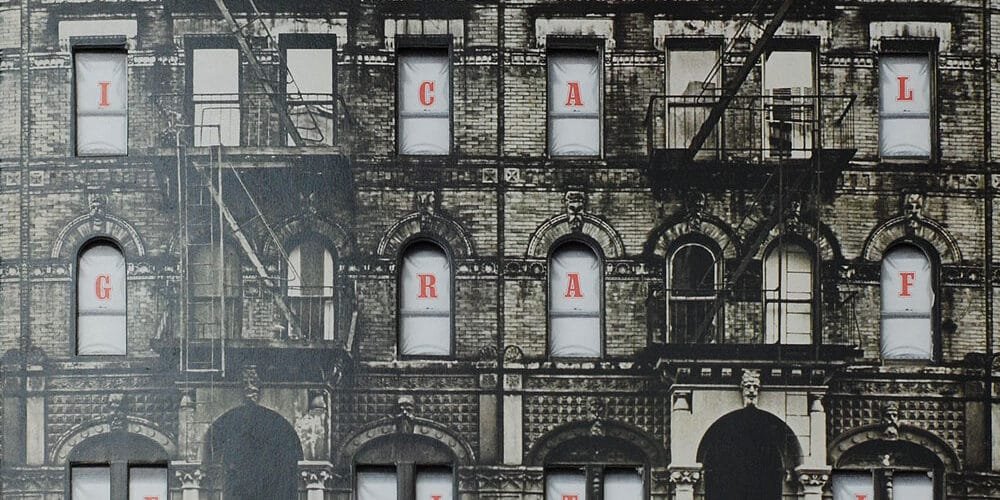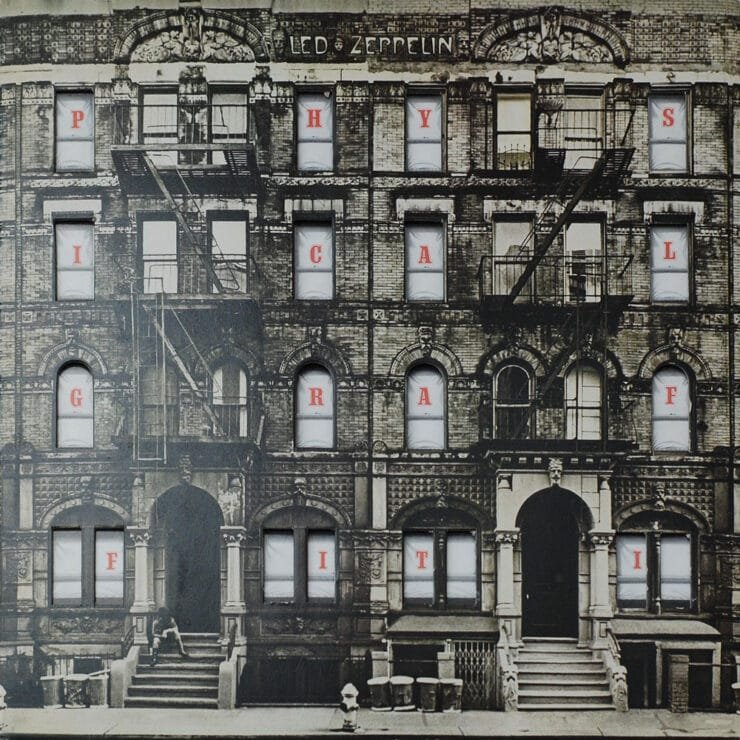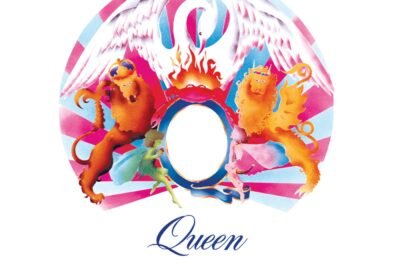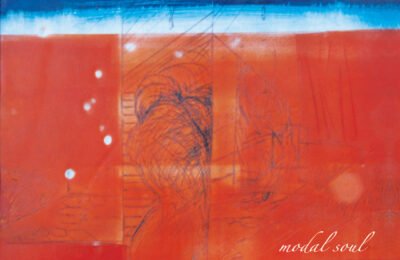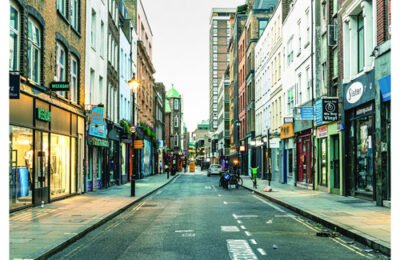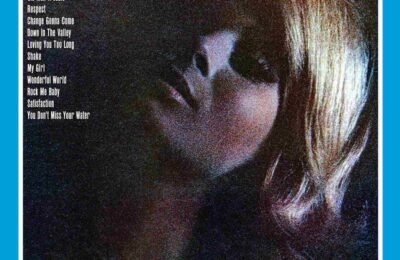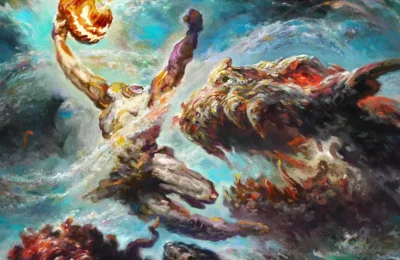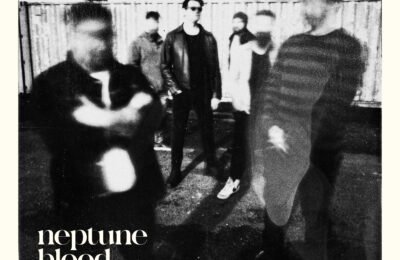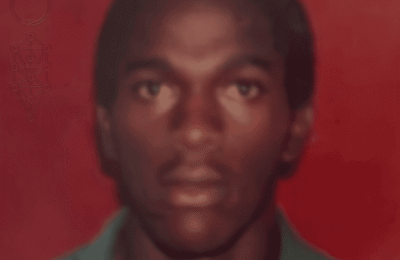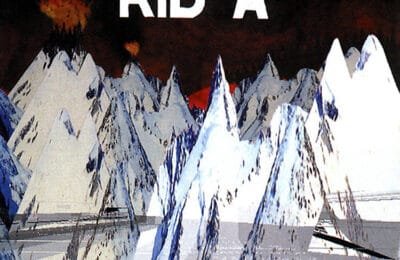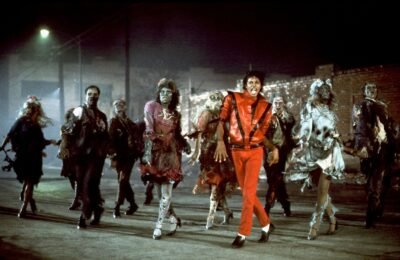Led Zeppelin’s Physical Graffiti: A 50-Year Legacy
Led Zeppelin’s sixth album, Physical Graffiti, was released in 1975, making it 50 years old this February. It followed a nearly two-year hiatus after their 1973 album, Houses of the Holy. Predictably, Physical Graffiti was well received, continuing the success of its predecessors, which were consistently hailed as some of the best works in rock. By this stage, Led Zeppelin was celebrated as the greatest rock band of all time. This album only solidified that reputation. While not as jam-packed with hits as Led Zeppelin IV, Physical Graffiti contains some of their finest songs, including one contender for their best track ever.
A New Era with Swan Song Records
The release of Physical Graffiti marked a significant change for the band as it was the first album produced under their new label, Swan Song Records. Although the band had a reputation for excellent collaboration, tensions arose during the writing and recording process. Bassist and multi-instrumentalist John Paul Jones even considered quitting the band due to the exhausting lifestyle of constant touring and long hours. This also had taken an toll on Robert Plant‘s vocal chords, necessiting surgery to remove nodules. After a year of rest, however, the band returned to work and completed the album, releasing it in February 1975.
Kashmir: The Iconic Epic
One of the most iconic songs in Led Zeppelin’s catalog, Kashmir stands alongside Stairway to Heaven as a defining track of their legacy. With its poetic lyrics and themes of fantasy, the song evokes the beauty of the distant land of Kashmir. Although the real Kashmir may never quite live up to the magical imagery the song conjures. The song breaks from tradition with no distinct chorus, allowing Robert Plant’s lyrics to weave a picture of the landscape.
John Paul Jones’s contribution on the mellotron enhances the song’s atmosphere, while the iconic riff, played by Jimmy Page, provides a powerful foundation. The use of session musicians playing horns gives Kashmir a subtle orchestral feel, further elevating the song’s gravitas. John Bonham‘s drumming is restrained but steady, grounding the track without overshadowing the other elements. It’s hard to argue against Kashmir being one of the band’s finest works.
In My Time of Dying: A Testament to Band Synergy
Another standout track on Physical Graffiti is In My Time of Dying, also known as “Jesus Make Up My Dying Bed.” While it may not shine as brightly as Kashmir, this song is a remarkable example of the band’s cohesion and synergy. Originally written and performed by Blind Willie Johnson in the 1920s as a gospel song about death. Bob Dylan later covered it in 1962. However, Led Zeppelin’s version, for many, defines the song.
Jimmy Page’s slide guitar in an open A minor tuning creates a loose groove that complements Plant’s powerful voice. Their interplay—where the guitar and vocals mirror and complement each other—is a signature Zeppelin technique. John Paul Jones’s fretless bass is a standout feature, adding complexity with shifting bass lines that evolve throughout the song. The track also features multiple tempo changes, highlighting the band’s ability to stay in sync and adapt on the fly. Zeppelin undeniably left their mark on this classic.
Ten Years Gone: A Personal Reflection
Ten Years Gone offers a departure from the more intense tracks on the album. The song begins with gentle fingerstyle guitar, creating a softer, more introspective mood. Originally intended as an instrumental piece, it evolved after Robert Plant added lyrics. He was inspired by a breakup he experienced early in his career, before the band’s rise to fame. The song reflects on the passage of time and the emotional distance that grows between people.
The light, tender guitar work complements the song’s theme of nostalgia and regret, while the solo is measured and restrained, mirroring the song’s wistful tone. Plant’s vocal delivery is often compared to that of Rod Stewart, and the song’s melodic resolution has been likened to The Beatles’ Dear Prudence. Upon release, Ten Years Gone was well received, with listeners praising its heartfelt expression.
Physical Graffiti: A Defining Moment
Released right in the middle of Led Zeppelin’s career, Physical Graffiti feels like a pivotal moment for the band. The tone of the album is quintessentially Zeppelin, cementing their legacy in rock history. Over the 50 years since its release, Physical Graffiti has inspired countless musicians and continues to be a benchmark for rock excellence. If you’ve never listened to this album, I encourage you to give it a listen. If you’ve heard it before, I urge you to revisit it and join me in celebrating 50 years of this rock masterpiece.
